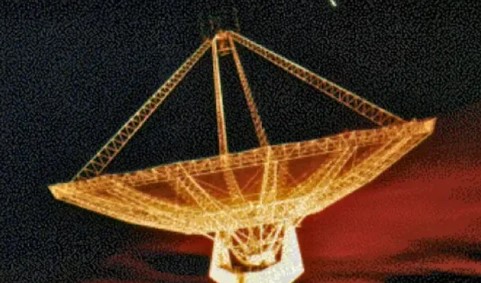A team of Indian radio astronomers has announced the discovery of 34 new giant radio sources (GRSs) using data from the TIFR GMRT Sky Survey Alternative Data Release 1 at 150 MHz. This breakthrough, which includes some of the most prominent GRSs, challenges existing theories about their environmental conditions.
The discovery was made with significant contributions from the Giant Metrewave Radio Telescope (GMRT), located near Khodad village, 90 km north of Pune, Bharat. The GMRT, operated by the National Centre for Radio Astrophysics (NCRA) of the Tata Institute of Fundamental Research (TIFR), conducted the survey from 2010 to 2012, covering about 90 per cent of the sky. The data from the TGSS survey played a crucial role in identifying these GRSs.
The research team, including PhD students Netai Bhukta from SKBU and Souvik Manik from MCC, along with astronomers Sabyasachi Pal from MCC and Sushanta K Mondal from SKBU, utilised TGSS’s low-frequency data and GMRT’s sensitivity to detect these giant structures.
Giant radio sources are among the largest known structures in the universe, stretching across millions of light years. They are powered by supermassive black holes, which are millions to billions of times the mass of the Sun, located at the centers of their host galaxies. These black holes ionize surrounding matter, generating strong electromagnetic forces that drive material to the edges, forming jets of hot plasma and massive lobes of radio emission.
GRSs are considered the final stage in the evolution of radio galaxies. Their immense size makes them valuable for studying the evolution of radio sources and the intergalactic medium. However, detecting them is challenging due to the often invisible bridge emission between the two lobes. Low-frequency radio surveys like TGSS are more effective for locating these structures compared to high-frequency surveys.
Two of the newly discovered GRSs, J0843+0513 and J1138+4540, challenge the assumption that GRSs only grow in low-density environments. The researchers suggest that environmental factors alone do not determine the size of GRSs and propose further studies involving new samples and multi-wavelength observations.
This discovery is featured in the Astrophysical Journal Supplement Series of the American Astronomical Society.

















